ANCAP crash test is a backward step according to car makers
A new test used to rate vehicles has been flagged by car makers who claim it compromises protection and creates confusion.
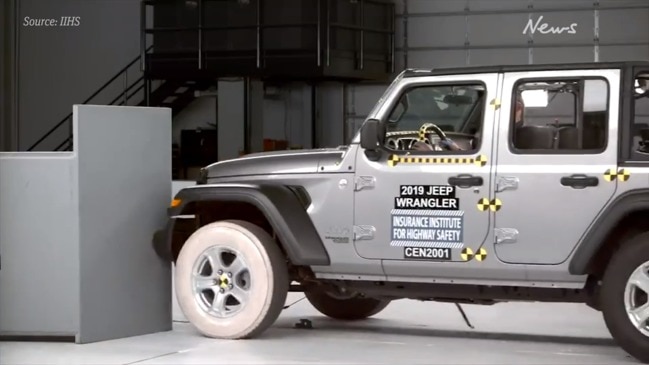
Car safety experts have warned that a new crash test procedure is delivering cars that don’t protect their occupants as well as they could in a crash.
The new rating system, which was introduced by independent crash test body ANCAP this year, rewards vehicles that do less damage to other cars when they crash into them.
But industry experts say the new test forces them to compromise on occupant protection.
They also argue that the ANCAP star rating system is confusing.
Five cars have received the maximum five-star rating this year, but all recorded low scores in the new “offset barrier” crash test.
Kia’s Sorento SUV scored just 3.5 marks out of 8 in the test and was judged to provide “weak” protection for the driver’s chest and upper right leg. Despite that, its five-star result was described by ANCAP as “stellar”.

Critics say larger SUVs such as the Sorento are being penalised under the system because they do more damage to cars they collide with.
“It’s basic physics,” one expert, who declined to be named, said.
“So there has to be some … engineering adjustment to still protect the occupants of the vehicle but at the same time minimise the damage to the vehicle you’re about to hit,” he said.
Another expert, who also declined to be named, was more blunt.
“We essentially have to sacrifice occupant protection to make the car perform better in the new test.”
Those sentiments are borne out by a comparison between cars awarded five stars in 2019 and those awarded the same rating in 2020.
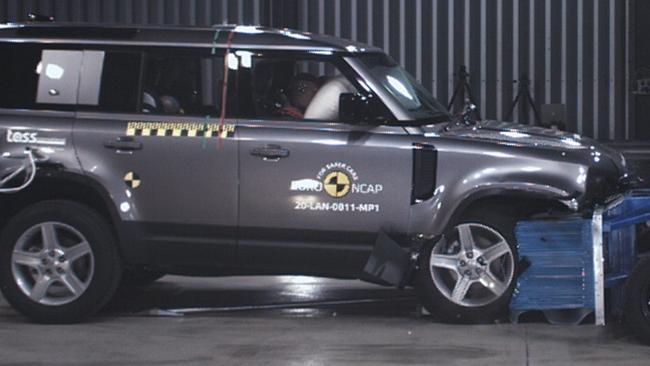
Volkswagen’s tiny T-Cross SUV, which was launched this year but tested last year, scored 7.3 out of 8 in the offset test and 97 per cent for occupant protection, compared with the Sorento’s scores of 3.5 and 82 per cent. The Kia wasn’t alone in receiving a low score — of the 2020 test cars, the Isuzu D-Max and Mazda BT-50 utes scored 3.23, while the Defender scored 4.36 and the Yaris 4.28.
ANCAP defended the lower scores, arguing the new test is more stringent.
In the past vehicles have been crashed into a stationary deformable barrier at 64km/h, but in the new test the barrier is moving and the barrier and car are travelling at 50km/h. The barrier is roughly the weight of a small car and the dummy used in the test is also more sensitive.
ANCAP director of communications and advocacy, Rhianne Robson, said the lower crash test scores reflect the tougher requirements of the new tests.
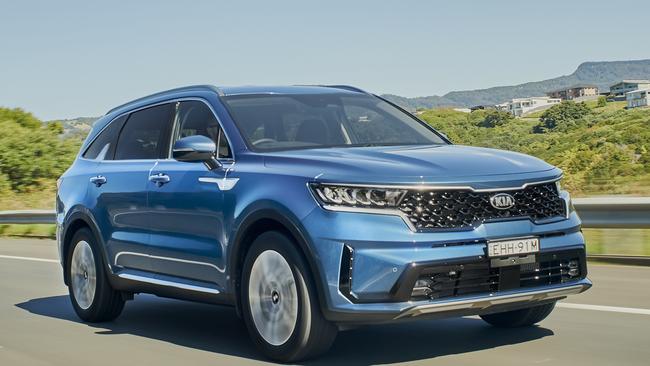
“Vehicles assessed by ANCAP prior to this underwent the less demanding frontal offset (ODB) test.
“The 2020 frontal offset (MPDB) test is a much harsher, demanding test and features the new, and far more biofidelic ‘THOR’ dummy. As mentioned, vehicle compatibility — which looks at occupant injury risk for those in the opponent vehicle — also features for the first time,” she said.
The industry has issues with the new crash test dummy.
Experts argue that variations in the positioning of the dummy can lead to a car performing well in the maker’s research lab but not in the ANCAP test.
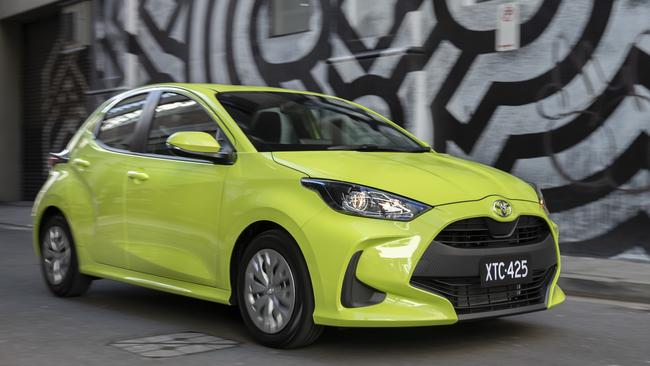
One senior industry executive said a positive rating often came down to “good luck”.
The ANCAP test is based on protocols from Euro NCAP and local experts believe Australia may be better off aligning itself with US protocols, which are developed using real-world accident data provided by insurance companies
The United States’ crash test authority, the Insurance Institute for Highway Safety (IIHS), has not adopted the concept of crash compatibility.
Nor does it place as much emphasis as ANCAP on driver aids. Its research shows that drivers become less engaged and more easily distracted when driving cars with automated steering and braking.
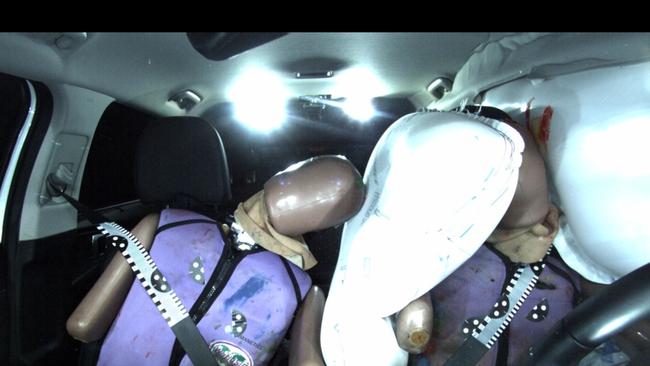
Research found drivers fidget with electronics and take both hands off the wheel more often in cars with autonomous driving features.
But ANCAP awards extra points to driver assistance tech, which can often be the difference between a four and five-star rating. Some in the industry are concerned that carmakers will load up their cars with crash avoidance tech to compensate for a poor result in the physical crash tests.
Industry experts are fearful of going public with their criticisms because ANCAP ratings now have a huge bearing on sales to government and business fleets. A large number of fleet managers simply won’t buy a car that doesn’t have a five-star rating.
In an ironic twist, some may buy cars that received their five-star crash rating several years ago and aren’t as safe as a new car that may only qualify for four stars.
More Coverage
Originally published as ANCAP crash test is a backward step according to car makers





